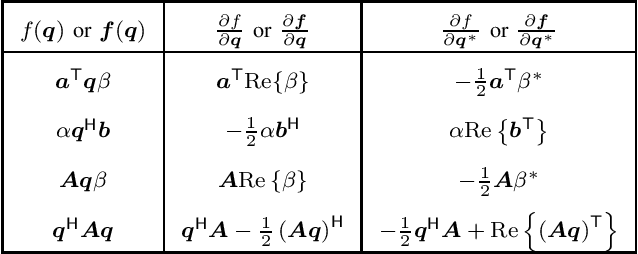Shuning Sun
UniFlowRestore: A General Video Restoration Framework via Flow Matching and Prompt Guidance
Apr 12, 2025Abstract:Video imaging is often affected by complex degradations such as blur, noise, and compression artifacts. Traditional restoration methods follow a "single-task single-model" paradigm, resulting in poor generalization and high computational cost, limiting their applicability in real-world scenarios with diverse degradation types. We propose UniFlowRestore, a general video restoration framework that models restoration as a time-continuous evolution under a prompt-guided and physics-informed vector field. A physics-aware backbone PhysicsUNet encodes degradation priors as potential energy, while PromptGenerator produces task-relevant prompts as momentum. These components define a Hamiltonian system whose vector field integrates inertial dynamics, decaying physical gradients, and prompt-based guidance. The system is optimized via a fixed-step ODE solver to achieve efficient and unified restoration across tasks. Experiments show that UniFlowRestore delivers stateof-the-art performance with strong generalization and efficiency. Quantitative results demonstrate that UniFlowRestore achieves state-of-the-art performance, attaining the highest PSNR (33.89 dB) and SSIM (0.97) on the video denoising task, while maintaining top or second-best scores across all evaluated tasks.
Convex Quaternion Optimization for Signal Processing: Theory and Applications
May 09, 2023

Abstract:Convex optimization methods have been extensively used in the fields of communications and signal processing. However, the theory of quaternion optimization is currently not as fully developed and systematic as that of complex and real optimization. To this end, we establish an essential theory of convex quaternion optimization for signal processing based on the generalized Hamilton-real (GHR) calculus. This is achieved in a way which conforms with traditional complex and real optimization theory. For rigorous, We present five discriminant theorems for convex quaternion functions, and four discriminant criteria for strongly convex quaternion functions. Furthermore, we provide a fundamental theorem for the optimality of convex quaternion optimization problems, and demonstrate its utility through three applications in quaternion signal processing. These results provide a solid theoretical foundation for convex quaternion optimization and open avenues for further developments in signal processing applications.
Improved Naive Bayes with Mislabeled Data
Apr 13, 2023Abstract:Labeling mistakes are frequently encountered in real-world applications. If not treated well, the labeling mistakes can deteriorate the classification performances of a model seriously. To address this issue, we propose an improved Naive Bayes method for text classification. It is analytically simple and free of subjective judgements on the correct and incorrect labels. By specifying the generating mechanism of incorrect labels, we optimize the corresponding log-likelihood function iteratively by using an EM algorithm. Our simulation and experiment results show that the improved Naive Bayes method greatly improves the performances of the Naive Bayes method with mislabeled data.
 Add to Chrome
Add to Chrome Add to Firefox
Add to Firefox Add to Edge
Add to Edge